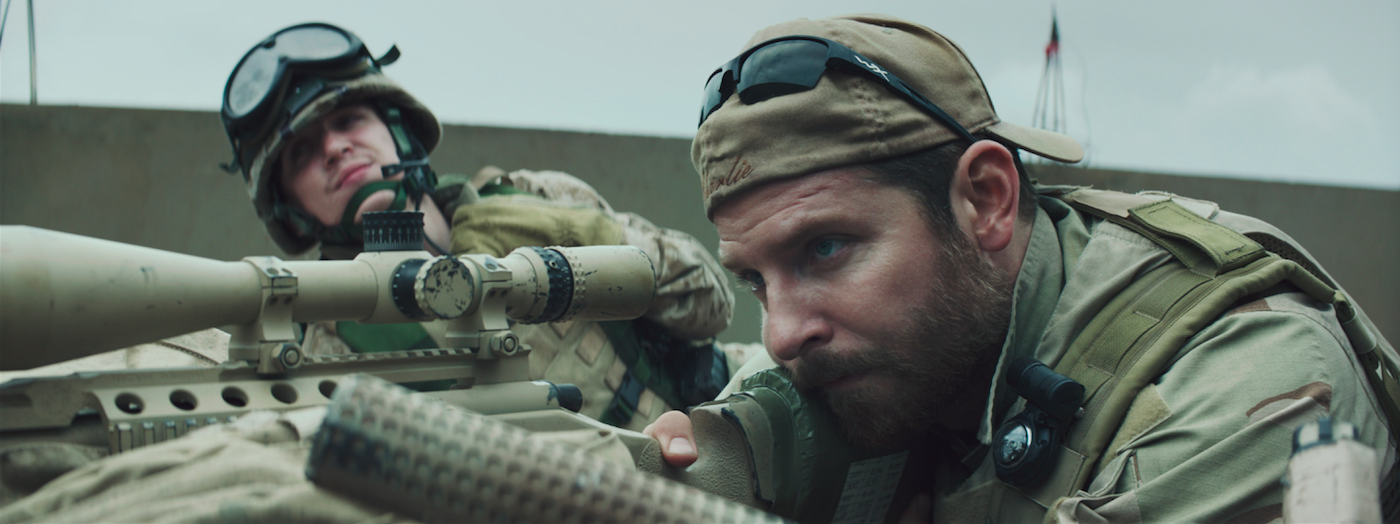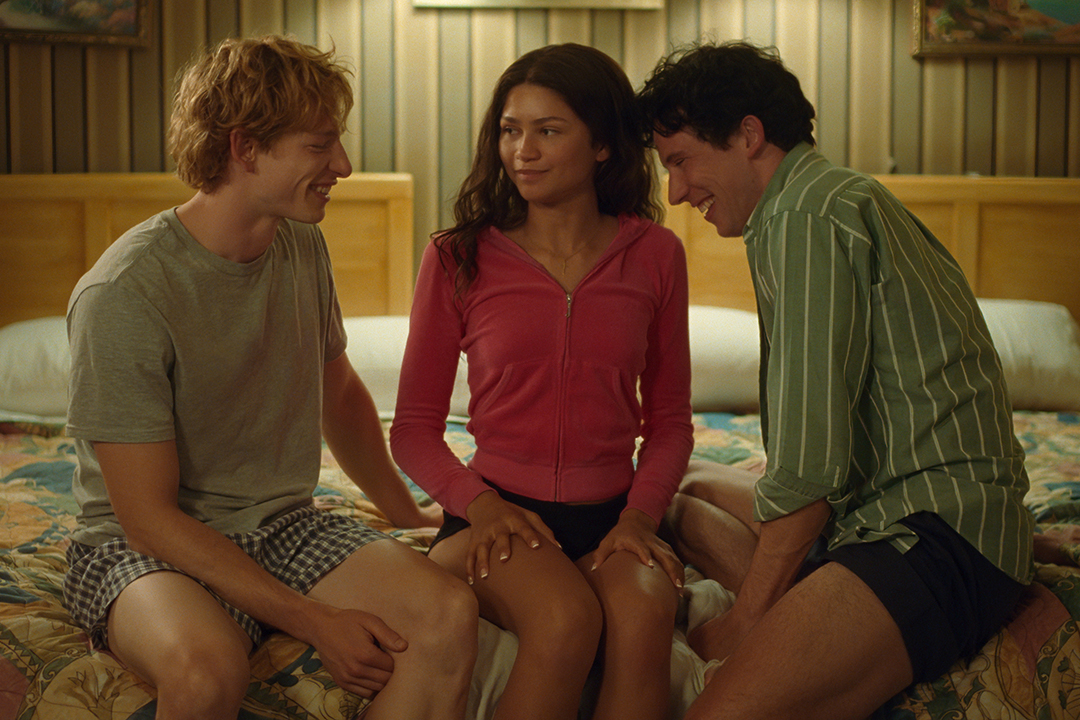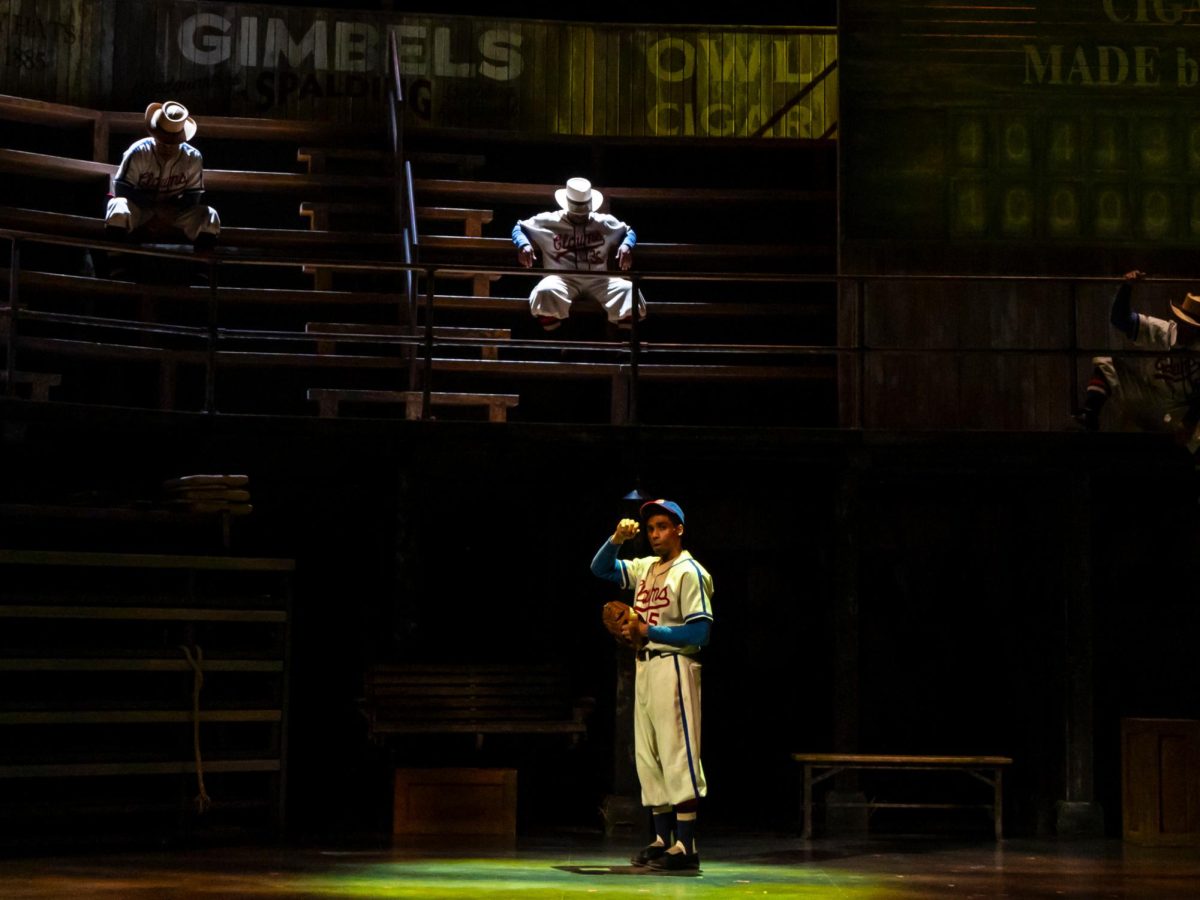By Alana Dore, deputy inside editor
A bearded Bradley Cooper, portraying Navy SEAL Chris Kyle, sees a woman and child exit a building in Iraq. Kyle is sure that the woman is carrying something but is unable to confirm with the other SEALs. In a matter of seconds, an explosive has been passed from mother to son and the latter begins to sprint towards troops on the ground. From his perch on a rooftop, Kyle first shoots the child, then the mother, his first kills. This dramatic scene opens “American Sniper,” the Clint Eastwood film that has been raising controversy since its release.
“American Sniper” premiered in major theatres on Jan. 16 and quickly became the highest grossing war film in North America. Based on the book “American Sniper: The Autobiography of the Most Lethal Sniper in US Military History,” the film follows Texas native Chris Kyle and his journey from rowdy cowboy to deadly marksman. The film has been nominated for six Oscars including Best Picture and Best Actor.
Kyle’s formative years are addressed at the beginning of the film when his father teaches him both to use a rifle and to be a protector of others. His father then explains a metaphor which is carried throughout the film: wolves are the bad guys and sheep are those who are weak and in need of protection. There is also a third group of people in the world who are sheepdogs. Those are the heroes, and that is the kind of person Kyle’s father demands he become.
The movie takes a dark turn once Kyle’s unit receives its orders for deployment. Kyle, who has found his niche as an impressive long-range shooter, struggles at first with the kills but as the body count rises he learns to see those he is killing as the wolves of the world.
In his memoir, Kyle recounts his kills a little differently, writing, “It was my duty to shoot, and I don’t regret it.” Herein lies one of the many controversies behind “American Sniper.” Kyle states on multiple occasions that he did not struggle with the act of killing the Iraqis whom he considered “evil,” yet on screen Cooper sniffles, tears up and refuses to accept praise for his initial kills.
This discrepancy is causing viewers to take sides on both extremes: is Kyle an American hero or does his lack of empathy over those he has killed suggest he is a serial killer?
Viewers are also divided on the focus of the movie. Some praise Eastwood for creating a “human” story of war, with the focus being on the character rather than on the politics, others point to this as a mistake.
Whether or not Kyle was a hero does not take away from Cooper’s impressive portrayal of the sniper and his changing persona throughout his army training. But, more impressively he expresses the many aspects of Kyle’s PTSD which change from tour to tour with tact. Don’t expect a repeat of Cooper’s bipolar character from “Silver Linings Playbook,” the symptoms of PTSD are very different and Kyle’s PTSD ranges from fear of leaving the house to almost strangling his own dog when it is playing with his son.
When fellow SEAL Ryan “Biggles” Job is killed in the film by Kyle’s “evil” counterpart Mustafa, a Syrian sniper for-hire who is only in Iraq because of the price put on Kyle’s head by Sunni insurgents, the war becomes personal. Kyle returns for a fourth tour specifically with the intention of killing Mustafa and avenging his friend’s death. In this way, the film villainizes the “other” and, at times, makes the war appear petty and vengeful.
Kyle’s four tours in Iraq take a toll on his marriage to wife Taya, portrayed by Sienna Miller. Although Taya’s character herself is bland and one-dimensional, Miller’s portrayal is weak.
The scenes between Cooper and Miller act as a respite from the near constant chaos which engulfs every scene in Iraq. They also provide an honest and incredibly moving look at what happens when soldiers return home with their minds still battling the war, and the effect that this struggle can have on both the individual and the family. The burden of sacrifice falls on such a small percentage of our country that we often forget how important it is to support the people who serve and their families.
The saving grace of “American Sniper” is its open commentary on PTSD and the readjustment of our soldiers into society. It sparks a conversation about how much aid is, or isn’t, available to veterans.
When Kyle returns home from his fourth and final tour in the film, he is asked if he feels guilt for what he did over there. He responds that he only feels guilty because he is at home, instead of in Iraq where he “could have saved more lives.”
While watching “American Sniper,” the audience will guess how it will end and yet, when it finally reaches a close, will still feel a shock. As video and images from Kyle’s memorial service roll by with the credits, the entire theater will sit in complete silence, their limbs heavy. This film demands the viewer take those few extra minutes to recover.
Photo courtesy Warner Bros. Pictures









